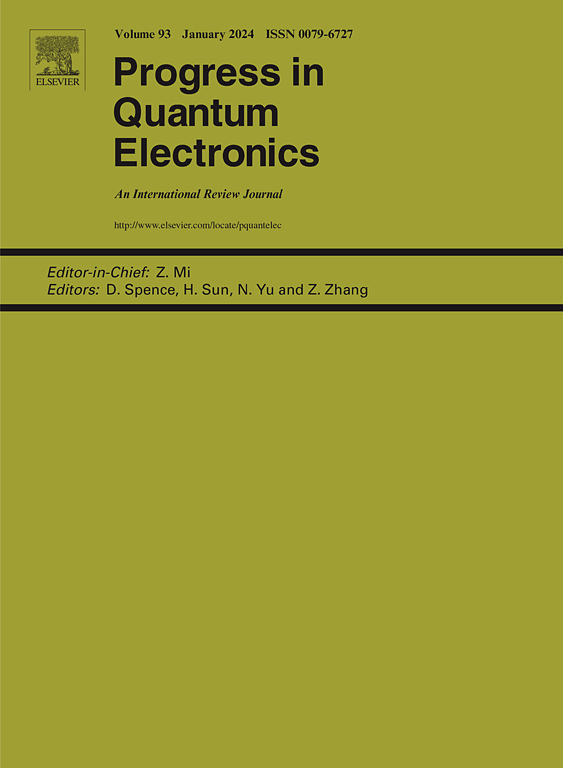Advances in bosonic quantum error correction with Gottesman–Kitaev–Preskill Codes: Theory, engineering and applications
Abstract
Encoding quantum information into a set of harmonic oscillators is considered a hardware efficient approach to mitigate noise for reliable quantum information processing. Various codes have been proposed to encode a qubit into an oscillator – including cat codes, binomial codes and Gottesman–Kitaev–Preskill (GKP) codes – and are among the first to reach a break-even point for quantum error correction. Though GKP codes are widely recognized for their promise in quantum computation, they also facilitate near-optimal quantum communication rates in bosonic channels and offer the ability to safeguard arbitrary quantum states of oscillators. This review focuses on the basic working mechanism, performance characterization, and the many applications of GKP codes—emphasizing recent experimental progress in superconducting circuit architectures and theoretical advancements in multimode GKP qubit codes and oscillators-to-oscillators (O2O) codes. We begin with a preliminary continuous-variable formalism needed for bosonic codes. We then proceed to the quantum engineering involved to physically realize GKP states. We take a deep dive into GKP stabilization and preparation in superconducting architectures and examine proposals for realizing GKP states in the optical domain (along with a concise review of GKP realization in trapped-ion platforms). Finally, we present multimode GKP qubits and GKP-O2O codes, examine code performance and discuss applications of GKP codes in quantum information processing tasks such as computing, communication, and sensing.

 求助内容:
求助内容: 应助结果提醒方式:
应助结果提醒方式:


